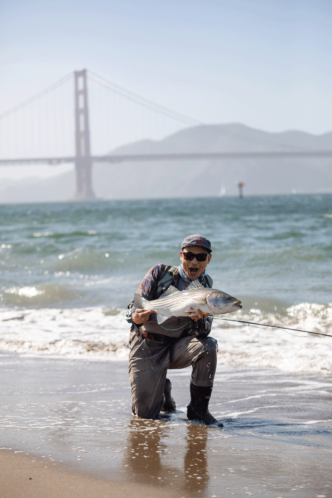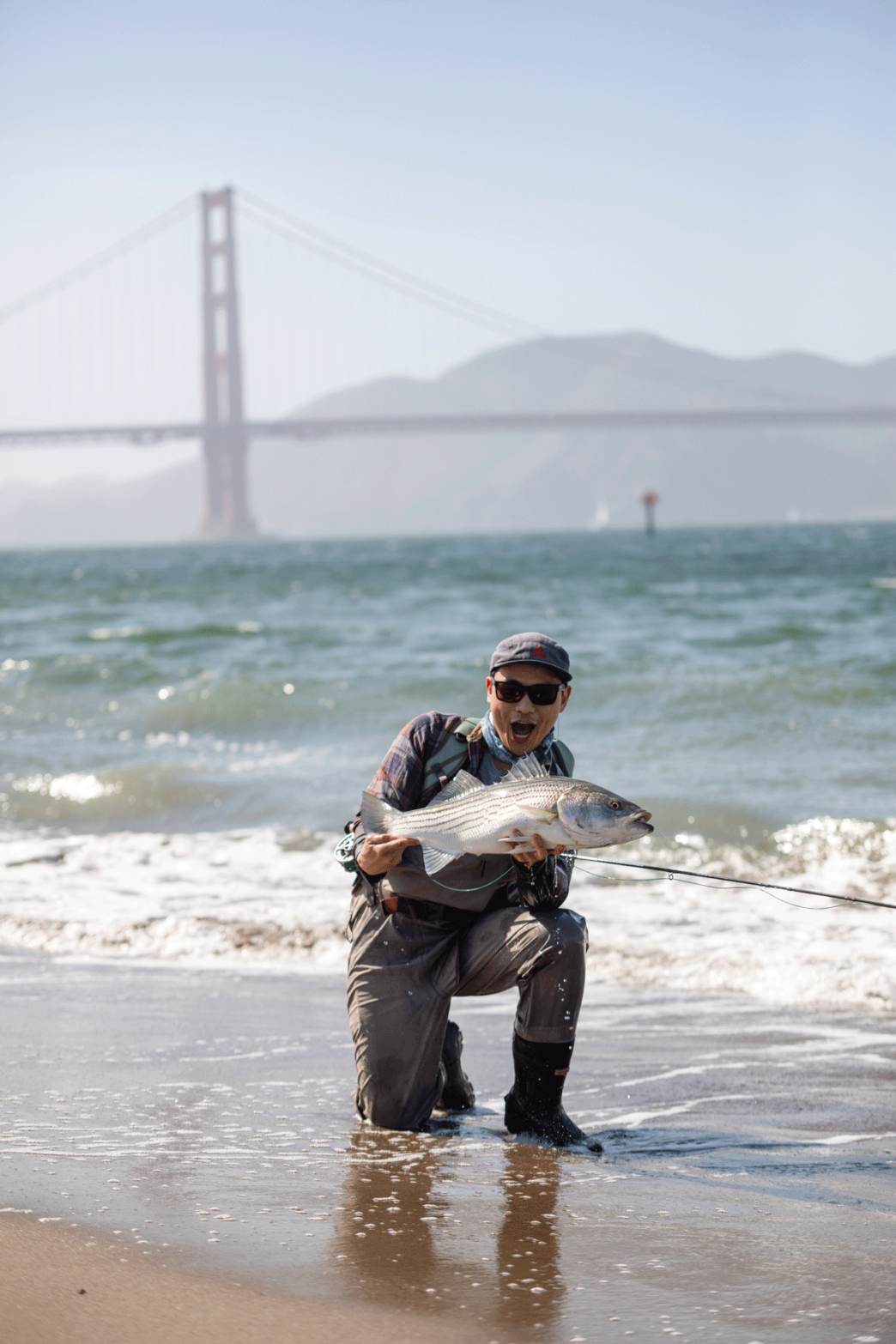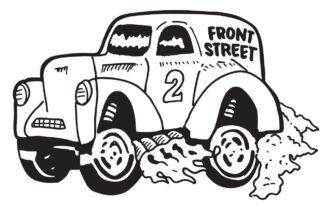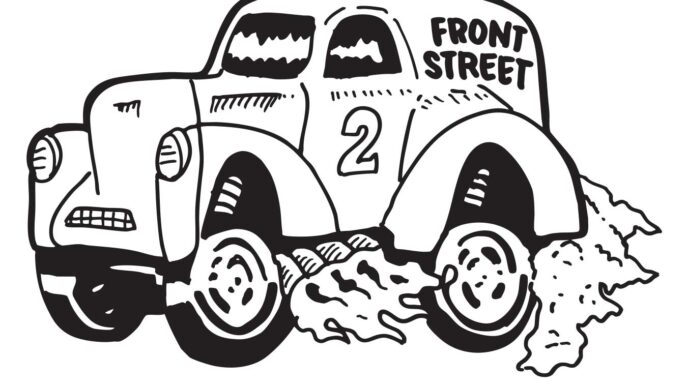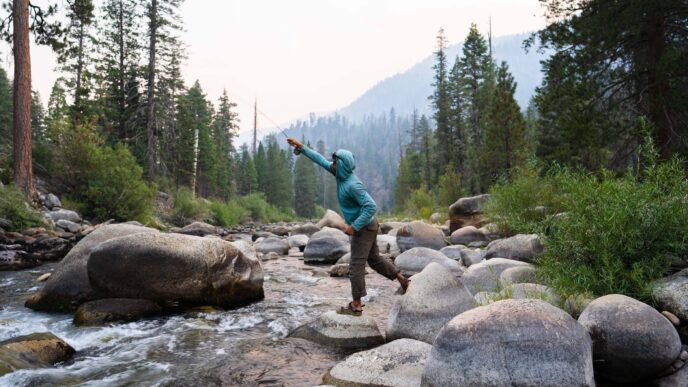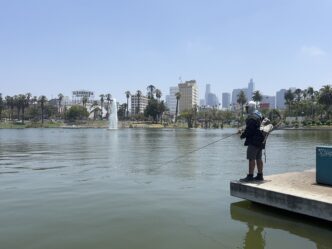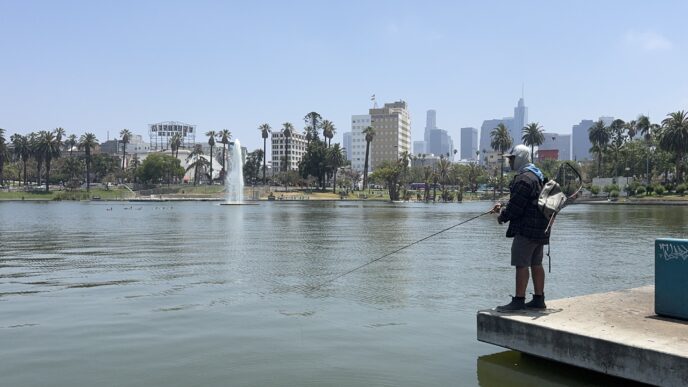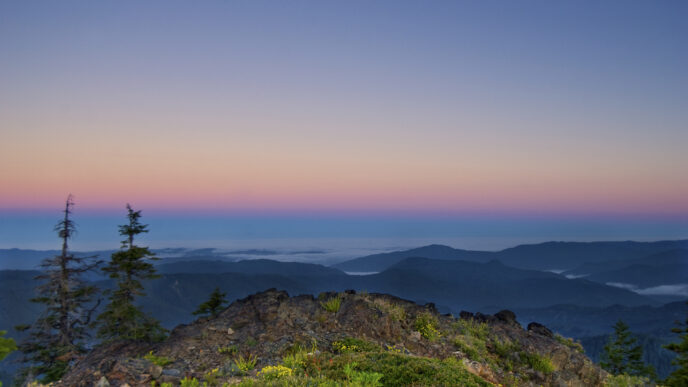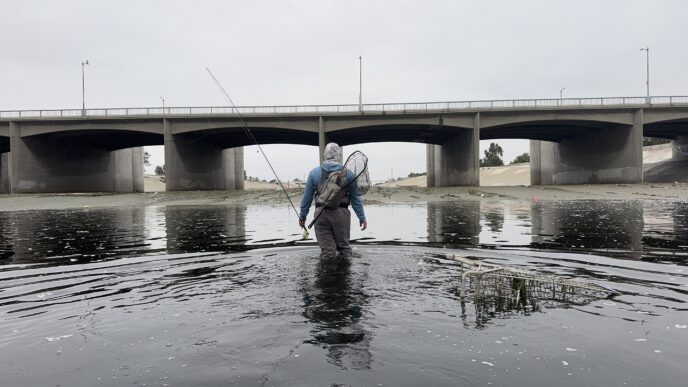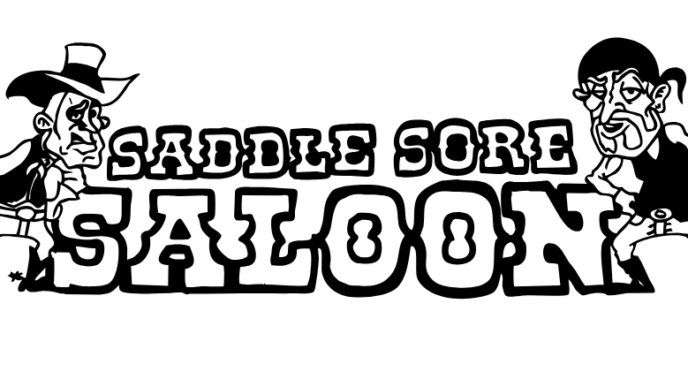You’ve likely been misled into believing that one of America’s most remarkable places has become a “dystopian hellscape.” Admittedly, there is evidence of this accusation in the per capita number of Cybertrucks.
Yet, here I argue that San Francisco should be on every fly angler’s list as America’s Fishiest City. To claim this title, however, we must first establish the criteria on which the city will be judged: accessibility and duration of angling opportunities; quality of the fishery; and fly-fishing heritage and community.
ACCESSIBILITY OF ANGLING OPPORTUNITIES
The fishiest city in America must have easy and accessible fishing opportunities. San Francisco’s fishing areas are all accessible by foot, public transit, car, or even a self-driving car. Imagine, you could be among the first to take a driverless car to catch a striper.
Surrounded by water on three sides, San Francisco offers countless fishing locations. The Pacific Ocean collides with rock and sand on the City’s western edge, creating fishing access at Fort Funston, Ocean Beach, Baker Beach, and China Beach. These five miles of ocean-facing beaches are revered among local anglers for the sizable striped bass that patrol the wash. On the City’s north edge, Fort Point guards the base of the towering Golden Gate Bridge. Moving east is Crissy Field’s beginner-friendly shoreline and the tourist-filled piers of Fisherman’s Wharf and the Embarcadero. This area is called simply “The Bay.” On the City’s eastern edge is the beginning of the “South Bay,” demarcated by the span of the Bay Bridge. Heading south, you’ll pass Oracle Park (MLB Giants), the Chase Center (NBA Warriors), and Candlestick Park, the former home of the 49ers and a great place to fish.
No matter where you are in this 7-mile-long by 7-mile-wide city, you are no more than 20 minutes away from targeting its most notable species: striper, California halibut, and perch, to name a few. Fishing opportunities are abundant in San Francisco year-round. Winter storms and big ocean swells can dampen fishing in the City by the Bay, but that fades by prime time—April through November. For the sake of this argument, we are sticking to places within city limits, as the number of fisheries multiply just a short drive across a bridge (articles for future issues). For those looking to escape the “winter” storms, San Francisco International Airport can take you anywhere in the world.
QUALITY OF FISHING
It’s not as simple as access, however, and while there are many places to go fishing within the city limits any month of the year, proving the quality of the fishery is imperative. Admittedly, our fishery is not as simple as a trout stream; in many ways, it’s far wilder.
Picture yourself standing at the world’s edge, the vast Pacific Ocean in front of you, and one of the world’s great cities at your back. For an optimist, casting a fly into the Pacific Ocean conjures all manners of daydreams—some of which, for me, have come true in the two striper flanking twenty pounds that I landed off the beach last year. Other recurring dreams of a dime-bright chinook taking my fly persist as fuel to get up before dawn every morning, hit the beach, and keep casting. Success is attainable, but the entangled variables of wind, swell, tides, and fish movement make the saltwater angling experience daunting yet incredibly rewarding. While every outing does not reward the angler with a fish, simply being in the game for a once in a lifetime catch is makes this an extraordinary fishery. When I travel to far-flung destinations chasing the most premiere and highly regarded fish species, my thoughts wander back to the bunker-lined cliffs of the San Francisco Bay.
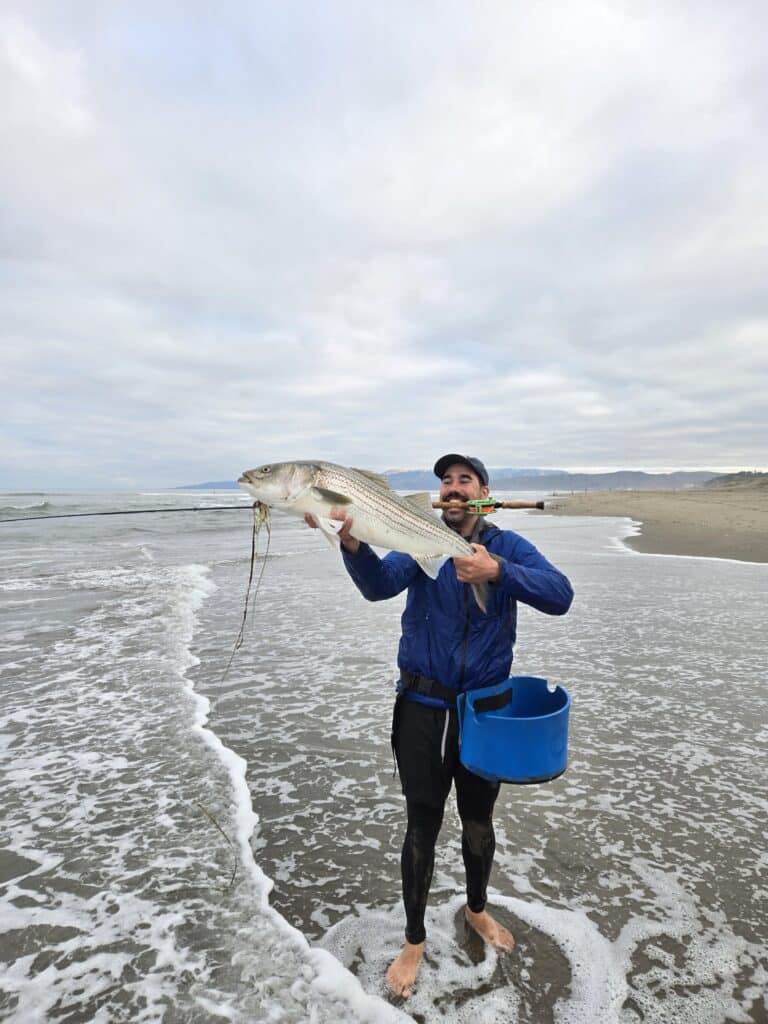
FLY-FISHING HERITAGE AND COMMUNITY
Given the points above, it’s no surprise that a long list of notable inventions, techniques, companies, and people hail from the Golden City—an impressive who’s who of fly fishing lore. The genesis of this was likely a combination of the region’s entrepreneurial culture and the storied Golden Gate Angling and Casting Club (GGACC). What do Winston Fly Rods, Scott Fly Rods, The Curtis Creek Manifesto, and the Birds Nest have in common? They were all created in San Francisco. The Curtis Creek Manifesto is arguably fly fishing’s most significant text that has served as its core piece of recruitment propaganda for nearly 50 years.
So many notable people and ideas sprang from the City by the Bay—it’s impossible to recognize all who made their marks, and harder to narrow the list to just household names still ubiquitous in mainstream fly-fishing culture. I will take heat from my friends at the casting ponds for not mentioning the more obscure characters. I can hear it now: “How can you not tell the story of how Jack Horner invented the humpy?” to which there will be gasps. Longtime members would never utter the word “humpy,” but would instead call the fly by its original name: the Horner Deer Hair.
So, is San Francisco America’s Fishiest City?

Considering its miles of beaches, the number and quality of species that one can target in city limits, its rich history of companies, innovators, and contributions to the fly-fishing industry, and its vibrant community of hard-core anglers, it’s easy to deem San Francisco America’s Fishiest City. While I have traveled to every state, I don’t know them as intimately as San Francisco, so if you believe you know a better city to be an angler, write to me.
For additional resources on fishing in San Francisco, see the links below and click here for George’s guide to SF. Or stop by Lost Coast Outfitters for everything you need.
Exhibit A
In 1929, the Winther-Stone Manufacturing Co. opened for business, soon after changing its name to R.L. Winston Rod Company. In short order, they began collaborating with tournament anglers at the Golden Gate Angling and Casting Club to build rods to win competitions, leading to inventions like the hollow fluted bamboo rod design. R.L. Winston employed great San Franciscans like Jimmy Green, who became the rod designer at Fenwick, where he taught Don Green how to cast a fly rod. Don Green later went on to found Sage Fly Rods.
Similarly, Scott Fly Rods sprang up in a basement on Cook St. in the Inner Richmond in 1974. Scott Rods made its mark early with 9-foot graphite rods and the first five-piece rods for Sierra backpackers. GGACC mainstay Larry Kenney was the first employee and later became a partner at Scott Fly Rods. They outgrew their basement in SF and moved across the Bay to Berkeley.
Tim and Steve Rajeff grew up on 30th Ave and Fulton, a short skateboard ride away from GGACC and a few blocks from where Scott Fly Rods began. Both brothers are among, if not the best, casters in the world. Steve became the winningest casting competitor of all time and head rod designer for G Loomis, while Tim founded Echo Fly Rods to offer great casting rods for a lower price.
Shooting heads were developed for tournament casting and, ultimately, fly fishing in the City. They have played a significant role in modern line design and taper understanding, especially in the Spey and surf fishing worlds.
Cal Bird, inventor of the famed Birds Nest fly pattern and regarded as a founding fly tyer, was a San Francisco native who owned a fly shop in SF in the 1950s.
Author of the all-time best-selling fly fishing book The Curtis Creek Manifesto, Sheridan Anderson, lived in the Mission District in San Francisco when he wrote and illustrated his masterpiece.
Mel and Fanny Krieger, notable travelers and instructors, are credited with pioneering fly fishing travel to Argentina and providing some of the most unambiguous and feeling-evoking casting instructions to this day. Where did they spend much of their lives? You guessed it, San Francisco.
San Francisco resident Val Atkinson is the original fly-fishing photographer. Val has created a masterful collection of photographs from 40 years of beautiful landscapes, portraits, and fishing moments.
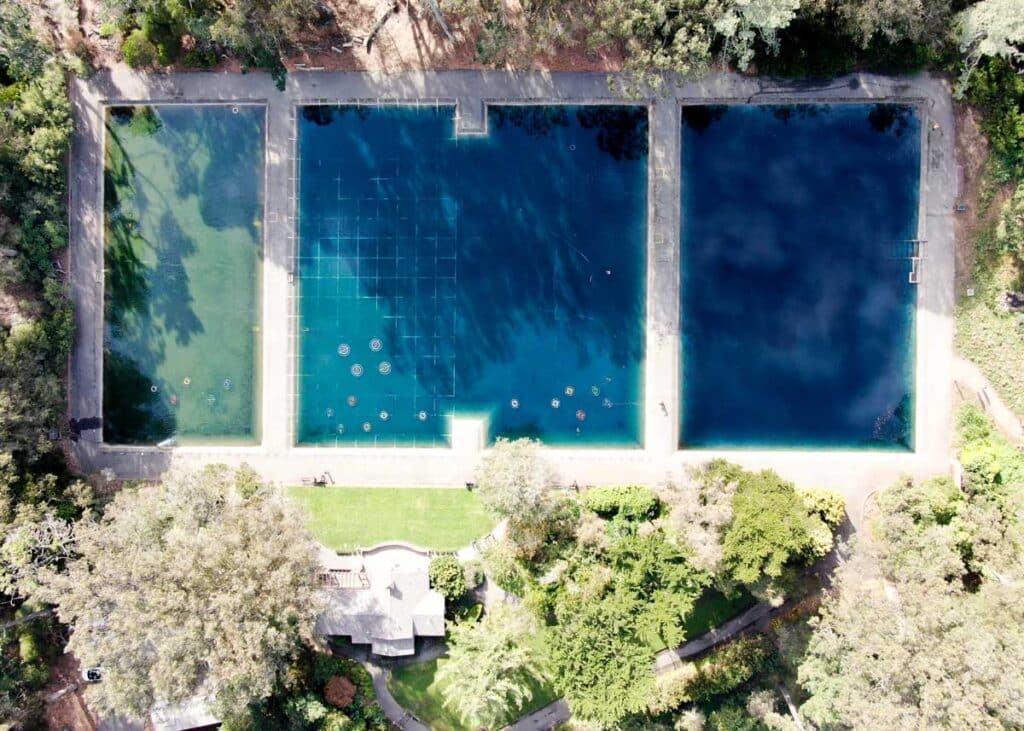
Built in 1938, the GGACC is the world’s largest community of fly anglers, featuring three large ponds filled with targets and a clubhouse in San Francisco’s expansive Golden Gate Park. There is no better place to learn how to fly cast than GGACC. There, you will find the best casting facility, instructors, and casters in the world. Any serious fly angler should aspire to visit the epicenter of so many innovations in fly fishing. “The Golden Gate Club: it has bred a school of casters who are without any doubt the finest there has ever been” – Thomas McGuane, The Longest Silence.
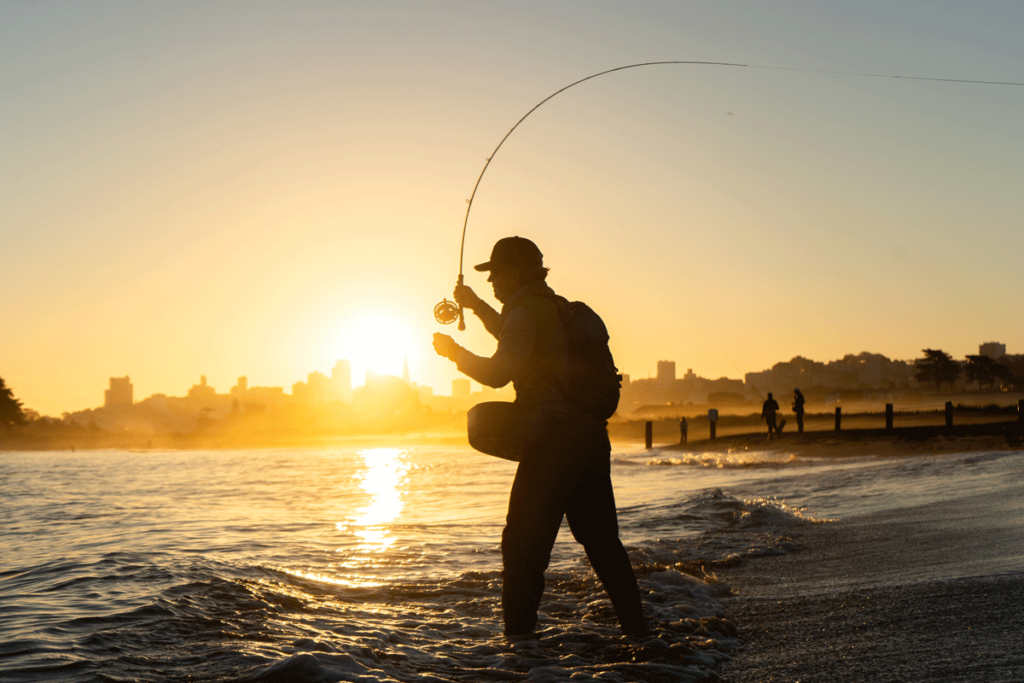
For additional resources on fishing in San Francisco, click here for George’s guide to SF. Or stop by Lost Coast Outfitters for everything you need.



